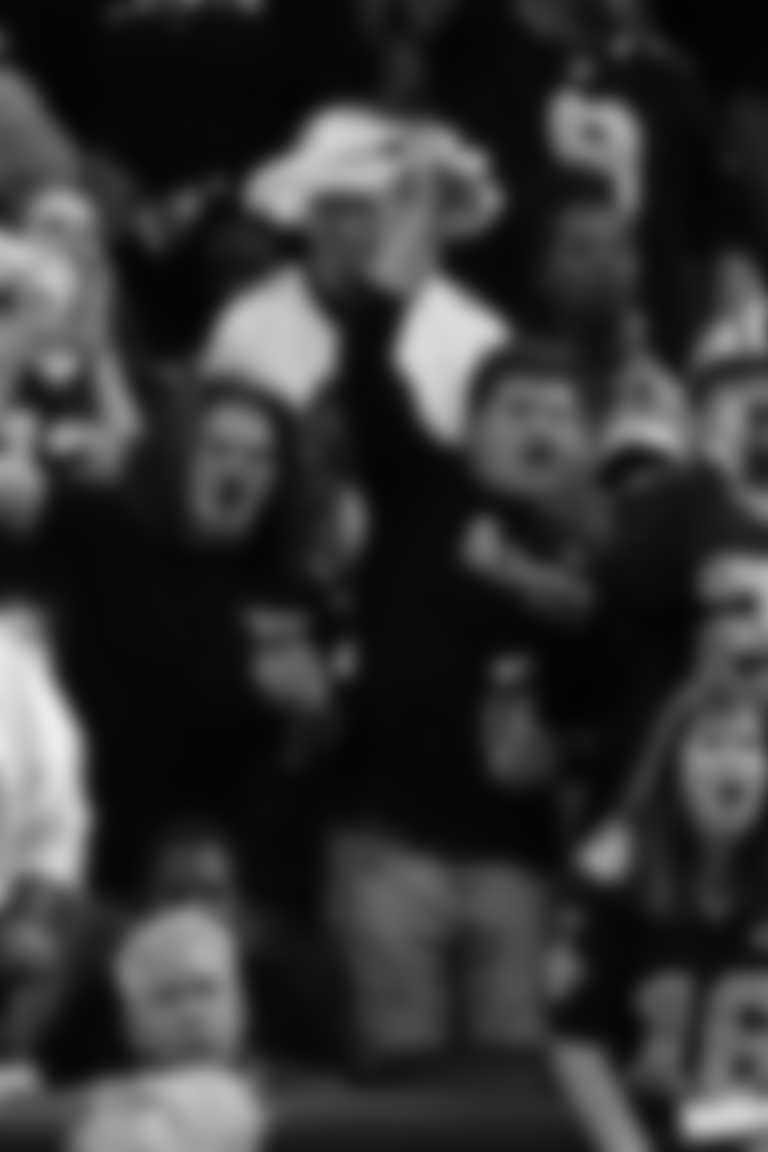New Orleans Saints Coach Sean PaytonPost-Practice Press ConferenceThursday, December 16, 2010Opening Statement:
���To go through the injury report and get you guys up to speed, Tracy Porter (shoulder) was full today; Zach Strief (knee) was full; Malcolm Jenkins (rib) was full; Jeremy Shockey (groin) was full; Jonathan Vilma (quad) was limited; Jermon Bushrod (ankle) was limited; Remi Ayodele (ankle) was limited; Chris Ivory (hamstring) did not practice; David Thomas (knee) did not practice; Courtney Roby (head) did not practice and Anthony Hargrove (knee) did not practice. With three of those four players ��� Ivory, Thomas and Hargrove ��� we���ll see how they progress here and see where they���re at tomorrow. Ivory had a PRP injection which is something that you do for a hamstring so we knew we���d have to sit him for today with that being done. USA Football recognizes players from around the league for their fundamentals and we���ll talk briefly about Jonathan Vilma and Darren Sharper when I���m finished here today, who will be this year���s recipients.���
What is a PRP?
���It���s an injection that���s used to help with hamstring injuries and it���s something where generally in the next 24 hours you stay inactive. Tomorrow we���re going to see where he���s at. It���s pretty common.���
Was it done with the idea that it would enhance his chances of playing on Sunday?
���Yes. With that being said, we have to see where he���s at tomorrow but you know when you do it that the next day he���s going to be down.���
How much of what you do in your first 15 plays is done just to see how the defense is defending you and how much is trying to attack?
���It���s a little of both. We want to see kind of what we���re going to get to certain personnel groupings and also it���s 15 plays that we like during the course of the week. You try to have some variances in those types of plays ��� base run, nickel run, play-action pass, a shot throw. You try to have a mixture to create rhythm and yet you know that you can come off of that script for short yardage; you can come off of it if all of a sudden those first 15 put you in the red area. You might be off of it on play nine and on to another special category. But they���re generally plays that we feel comfortable with and confident in number one, and then there is usually a mixture in the personnel groupings to see what we���re going to get, at least initially.���
Has that been your philosophy with the substitution patterns and the way that you constantly are bringing people in and out at a high tempo? Does that throw defenses off?
���I think that���s important. I think it stresses them. We really harp on the tempo of in and out and up and down and on and off in trying to apply pressure offensively. Drew (Brees) does a good job; our receivers do a good job and the sub package people do a good job of getting on and off the field and not slowing us down when we do that.���
How much has the importance of the safety position evolved since you���ve been in the league?
���I came into this league in ���97 and right before that we went through the era of truly a strong safety and a free safety. I would say that in the last 10 or 15 years you���ve begun ��� not entirely ��� but you���ve begun to see those positions become closer to each other rather than different from each other in that you���re generally asking those safeties to support the run, you���re asking them to play in coverage, play a half or a quarter of the field. Yet you still may do it more with your free safety than your strong, but I think that prototype of what we knew as a strong safety 20 years ago to some degree has changed with more of the receiver sets. Now I think those two positions are probably more alike than they were 15 years ago when you truly had your strong safety and you had a free safety. I think teams view those positions, or at least try to view those positions as interchangeable. That���s not always the case ��� there are some teams playing now that have one versus the other ��� but I think that has been the big difference.���
You���re part of that era of three-receiver sets and attacking defenses. Have you tried to exploit teams that don���t have great safeties back there?
���If you feel like you���re getting certain safeties in half-field coverage���I think offenses have begun to try to find ways to put receivers on safeties in deep half or quarters coverage with the idea that what looks to be a play that���s covered, as the ball travels through the air can potentially be uncovered. Whether it���s (Robert) Meachem last year against Washington where we got him on a square-in takeoff against the strong safety playing a quarters position ��� those are challenging matchups for the safeties if the receiver is not disrupted and he���s at full speed.���
How important has it been for your team in these last couple of years to have playmakers at that position with Darren Sharper and Malcolm Jenkins?
���I think very important because you really become handcuffed if you don���t have it. I think teams do a great job of finding the weaknesses at the safety positions. You���d like that player to number one have good instincts; speed is a requirement and yet instincts can help make up for that. They have to be sure tacklers and they have to have good ball skills. The safety that can be in position that doesn���t have ball skills can be a liability at times and be a target.���
Is Ed Reed one of the best you���ve ever seen at the position?
���He���s a special player and a guy that will be a Hall of Fame player. When you combine intelligence, instincts, ball skills, speed, putting all these things together. You saw a lot of that out of him coming out of high school. Curtis Johnson our wide receivers coach recruited him to Miami. You saw it on college tape and that wasn���t going to change when he got to the NFL. Certainly it hasn���t. He���s very intelligent. He has very good instincts. He can key and diagnose where the ball���s going and get there in a hurry and when he gets there he has the ability to make a play on the ball.���
Do you subscribe to the theory based on the success of both these club���s defenses and how they���re composed that a good defense starts up the middle?
���I don���t know that you can use that analogy like baseball. You want to have a good pass rusher. You want to have corners you can rely on when you���re playing a run front that can hold up outside in man. Clearly you want to be strong in the middle linebacker position. The Mike linebacker for us is the quarterback of our defense, so it depends on where you define the middle. Is it the two tackles, the linebacker. You have prototypes for these positions and values that our league puts on these positions, but having done this long enough while we���re talking about the safety position, when you���re handcuffed there, teams are better apt to make you pay for it and are able to find ways to get receivers on your safeties not corners.
Do you potentially do wet ball drills to try to prepare your team for cold weather?
���We do wet ball. The challenge is there���s not a lot you can do to simulate cold aside from when you get to the venue and go through a walk through when you���re there. Wind is something that we were outside today. As far as the temperature itself. I think the plan is pregame finding the right shoes, making sure the arms aren���t full with sleeves. That affects ball security and the ball becomes harder to protect when you���re wearing the sleeves. You see it all the time with someone wearing the sleeves, where the ball gets pulled out. In regard to simulating the cold. We can do the noise, the wind, the grass and the artificial surface, but we haven���t figured out a way to make it 30 degrees.���
Do you think it���s always an offense that has a disadvantage in bad conditions?
���I think the advantage an offense can have when you���re playing in bad weather, playing on one of those grass fields that becomes very slick and muddy and the turf footing is poor, there���s an edge for the offense because it���s hard to rush the passer in poor footing and I think it���s harder to play man coverage in a reactionary mode when the footing isn���t what you like, the receivers know the route and the corners have to react to it. I think when you have a sloppy field, forgetting the weather for a second, that can benefit (the offense). It becomes hard to rush the passer on a sloppy field and it becomes harder to cover because you can fall down on a sloppy field. The wind can benefit the defense. The heavy rain can benefit the defense. That���s from my experience. The footing we know will be good because they have Field Turf now, not grass.���
Is the Chicago-New England game an example of that?
���Without seeing that tape, I think it was harder to rush the passer because of the footing. You don���t have the same speed and same plant and drive as you would on a clean surface.���




















